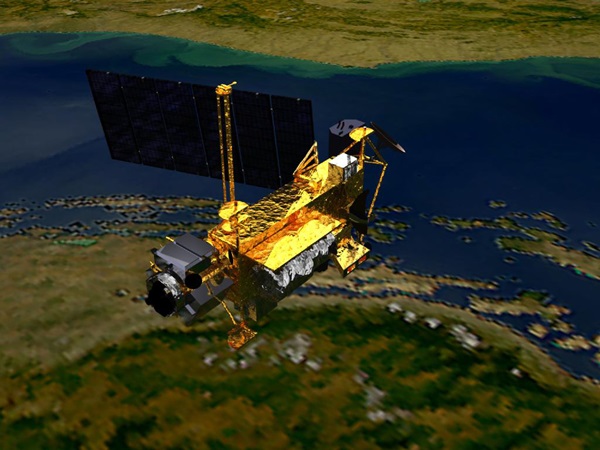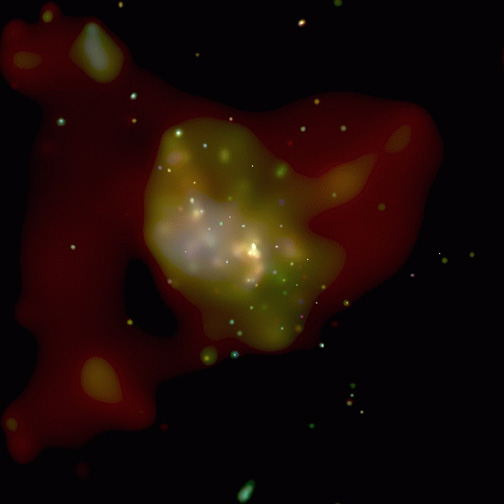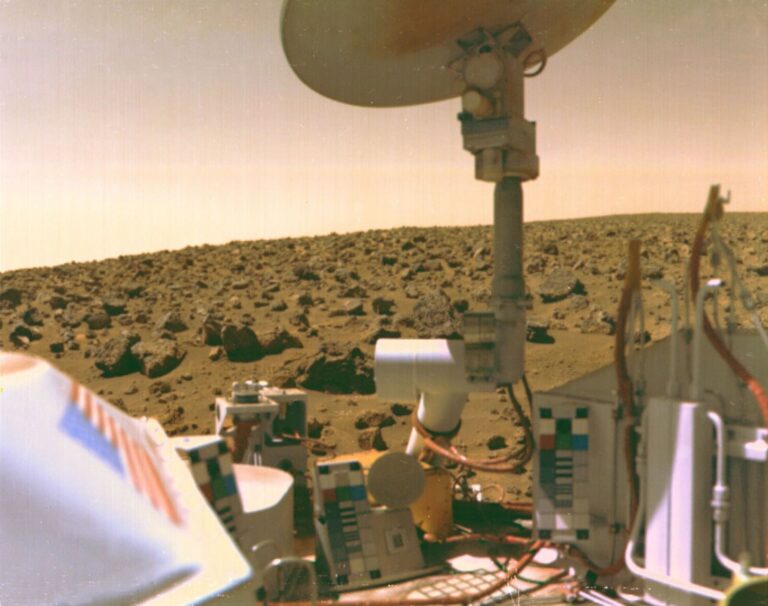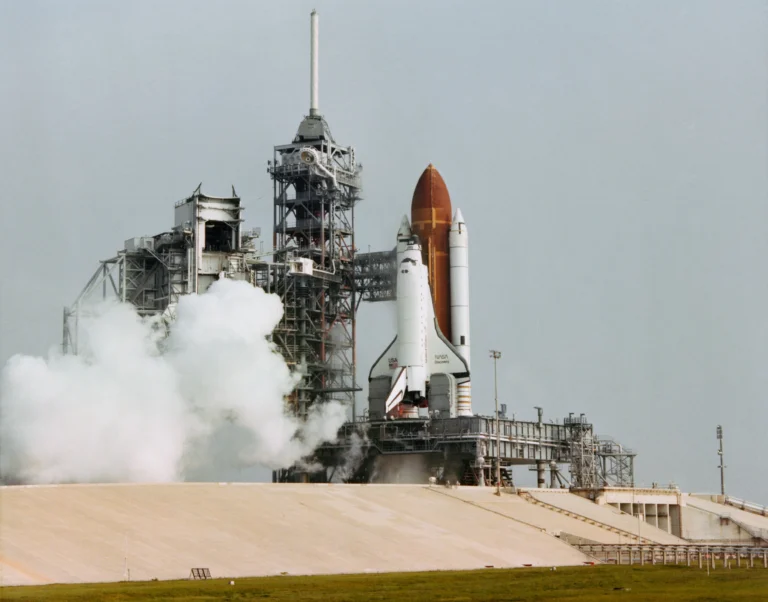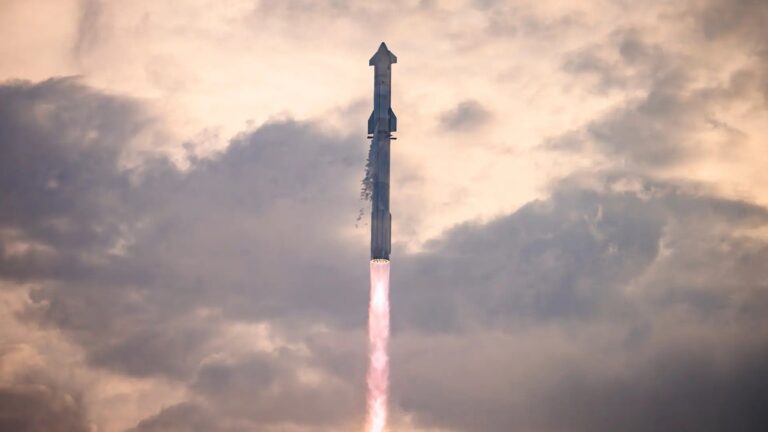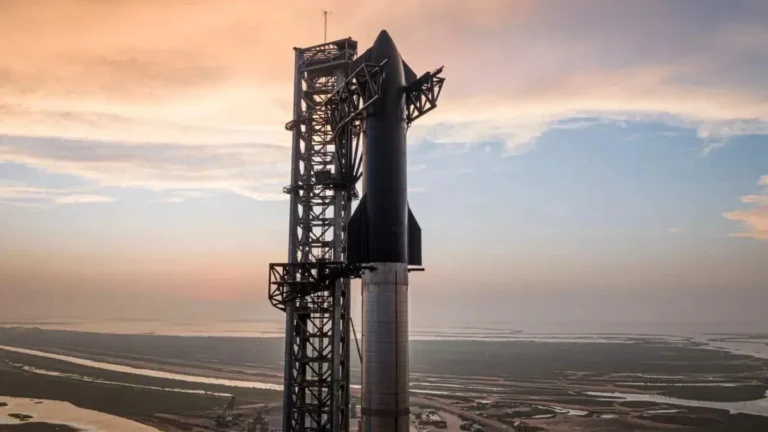Key Takeaways:
The risk to public safety or property is extremely small, and safety is NASA’s top priority. Since the beginning of the Space Age in the late 1950s, there have been no confirmed reports of an injury resulting from reentering space objects. Nor is there a record of significant property damage resulting from a satellite reentry.
It is too early to say exactly when UARS will reenter and what geographic area may be affected, but NASA is watching the satellite closely and will keep the public informed. Check back here for updates.
UPDATE: As of 10:30 a.m. EDT September 23, reentry is expected late Friday, September 23 or early Saturday, September 24 EDT. Solar activity is no longer the major factor in the satellite’s rate of descent. The satellite’s orientation or configuration apparently has changed, and that is now slowing its descent. There is a low probability any debris that survives reentry will land in the United States, but the possibility cannot be discounted because of this changing rate of descent. It is still too early to predict the time and location of reentry with any certainty.
The actual date of reentry is difficult to predict because it depends on solar flux and the spacecraft’s orientation as its orbit decays.
As of September 21, the orbit of UARS was 120 miles by 130 miles (195 kilometers by 210 km). Reentry is expected September 23, United States time. The time reference does not mean that the satellite is expected to reenter over the United States. It is simply a time reference.
Although it is still too early to predict the exact time and location of reentry, predictions of the time period are becoming more refined. It is impossible to pinpoint just where in that zone the debris will land, but NASA estimates the debris footprint will be about 500 miles (800 km) long.
If you find something you think may be a piece of UARS, do not touch it. Contact a local law enforcement official for assistance.
The risk to public safety or property is extremely small, and safety is NASA’s top priority. Since the beginning of the Space Age in the late 1950s, there have been no confirmed reports of an injury resulting from reentering space objects. Nor is there a record of significant property damage resulting from a satellite reentry.
It is too early to say exactly when UARS will reenter and what geographic area may be affected, but NASA is watching the satellite closely and will keep the public informed. Check back here for updates.
UPDATE: As of 10:30 a.m. EDT September 23, reentry is expected late Friday, September 23 or early Saturday, September 24 EDT. Solar activity is no longer the major factor in the satellite’s rate of descent. The satellite’s orientation or configuration apparently has changed, and that is now slowing its descent. There is a low probability any debris that survives reentry will land in the United States, but the possibility cannot be discounted because of this changing rate of descent. It is still too early to predict the time and location of reentry with any certainty.
The actual date of reentry is difficult to predict because it depends on solar flux and the spacecraft’s orientation as its orbit decays.
As of September 21, the orbit of UARS was 120 miles by 130 miles (195 kilometers by 210 km). Reentry is expected September 23, United States time. The time reference does not mean that the satellite is expected to reenter over the United States. It is simply a time reference.
Although it is still too early to predict the exact time and location of reentry, predictions of the time period are becoming more refined. It is impossible to pinpoint just where in that zone the debris will land, but NASA estimates the debris footprint will be about 500 miles (800 km) long.
If you find something you think may be a piece of UARS, do not touch it. Contact a local law enforcement official for assistance.

